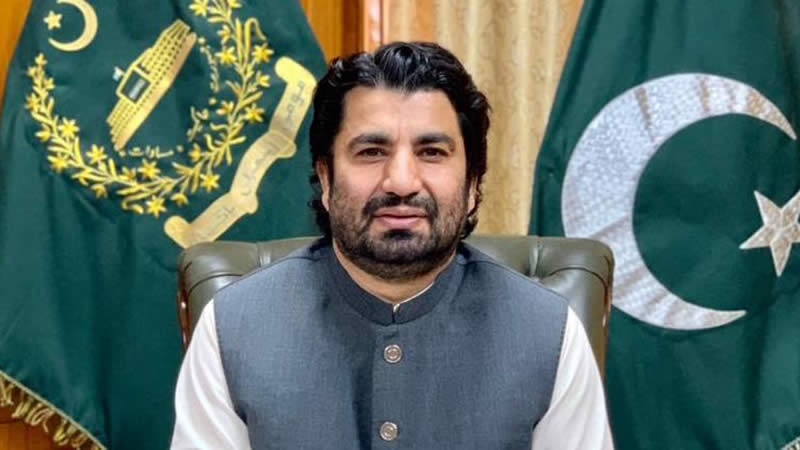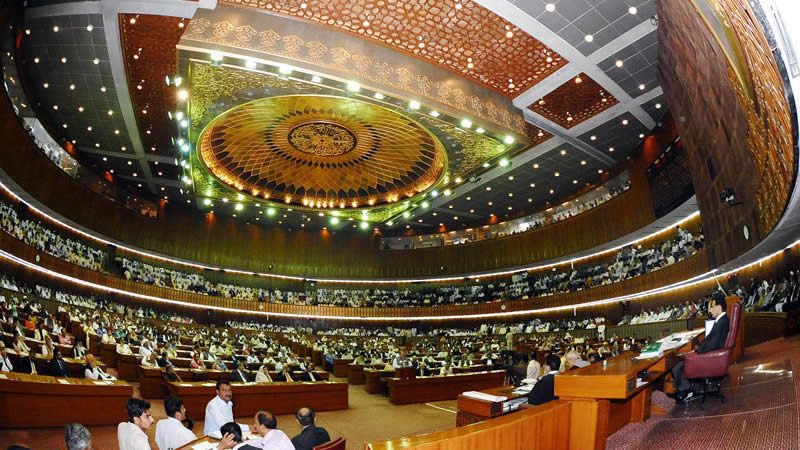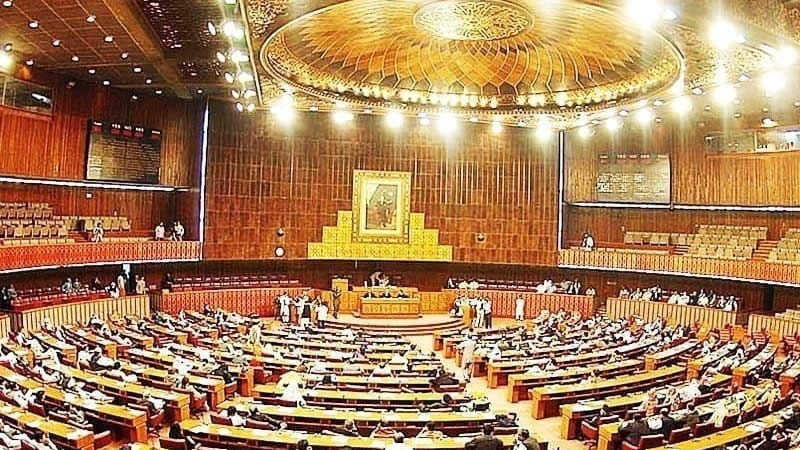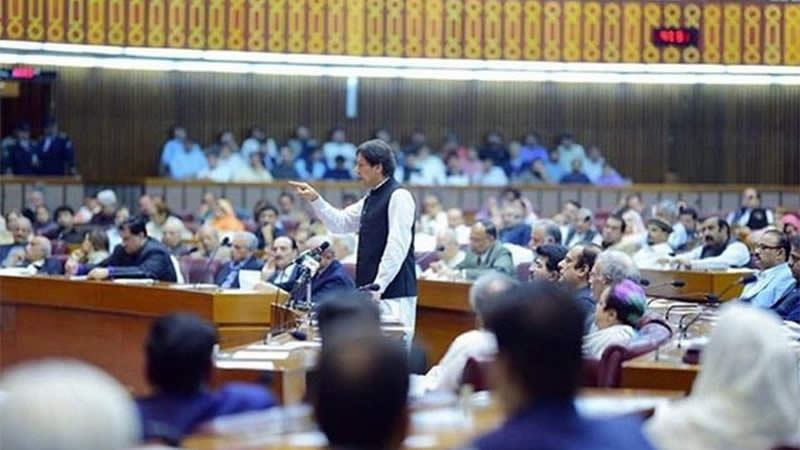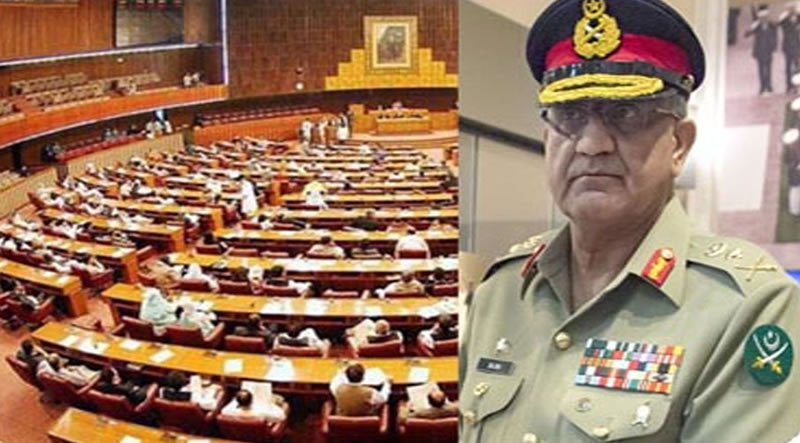
Islamabad: Remaining under fire for its apparent incapability to ascertain the authenticity of the votes cast in the general elections through voters’ thumb impression verification, the electoral body has finally asked the National Database and Registration Authority (NADRA) to have a software developed for this purpose.
However, the initiative may remain far from materialisation since the NADRA’s verification system is based on the Civil Registration System (CRS) while the voters’ thumb impression verification requires Criminal Forensic Investigation System (CFIS), which, the authority lacks, it is learnt. Chairman NADRA Tariq Malik had written a letter to the Election Commission of Pakistan (ECP) before the general elections, seeking the commission’s permission and provision of required funds for upgrading the NADRA verification system from CRS to CFIS in case the voters’ thumb impression verification was to be done in the polls while the electoral body had turned down the said request saying this exercise was not required, even though the ECP repeatedly claimed to have introduced the thumb impressions feature in the ballot papers for the general elections.
Moreover, the chairman NADRA links the success of the authority-led thumb impression verification process to the use of magnetised ink in the ballot papers. “We have to find out if the magnetised ink (up to the required standard) has been used in the ballot papers. If it is, only then could the verification of thumb impressions be possible,” Malik told the media men in a joint press conference with the Secretary ECP Ishtiak Ahmed Khan here on Monday. He said that the preparation of the thumb impressions’ verification software required two weeks and the related summary had been moved to the caretaker federal government.
The NADRA has the capacity to verify as many as 500,000 thumb impressions every day that are to cost 15 rupees per impression, Malik informed. Ishtiak Khan said that the NADRA had started working on the software preparation on the ECP instructions and both the organisations were working for the past three years in this regard, he said.Requesting anonymity, a senior official at NADRA said that the authority required $ 700,000 to $ 1.2 million to conduct the thumb impressions verification of the millions of votes cast in the general polls. “This amount has to be paid by the ECP in case it wants us conduct the verification exercise,” he said.
Sounding critical on ECP role in thumb impressions’ verification episode, the official said, “The commission was the one to have denied our request for upgrading our system from CRS to CFIS and now it passes the buck on NADRA to put our credibility in question. If any department is to be blamed if thumb impression verification is not applicable, it’s the ECP,” he said.
The NADRA conducts fingerprints and thumb impressions’ verification on the CFIS system in certain cases on receiving official requests and instructions from the government departments concerned, the official informed. “We lack the ability to conduct large-scale thumb impression verification on the CFIS system,” he admitted.The demand to have the votes polled in the general elections verified through thumb impressions comes from some mainstream political parties including Pakistan Tehreek-e-Insaf whose leadership has identified 25 constituencies where polls were allegedly rigged. The PTI demands thumb impressions’ verification of votes in the particular constituencies as well as the remaining constituencies across the country.
The ECP has repeatedly attempted to take credit for introducing the thumb impression feature in the ballot papers, claiming that the thumb impression could be verified electronically. However, the commission has not provided any timeframe for the completion of the verification exercise, which it has announced to initiate with the NADRA’s assistance. – Nation



